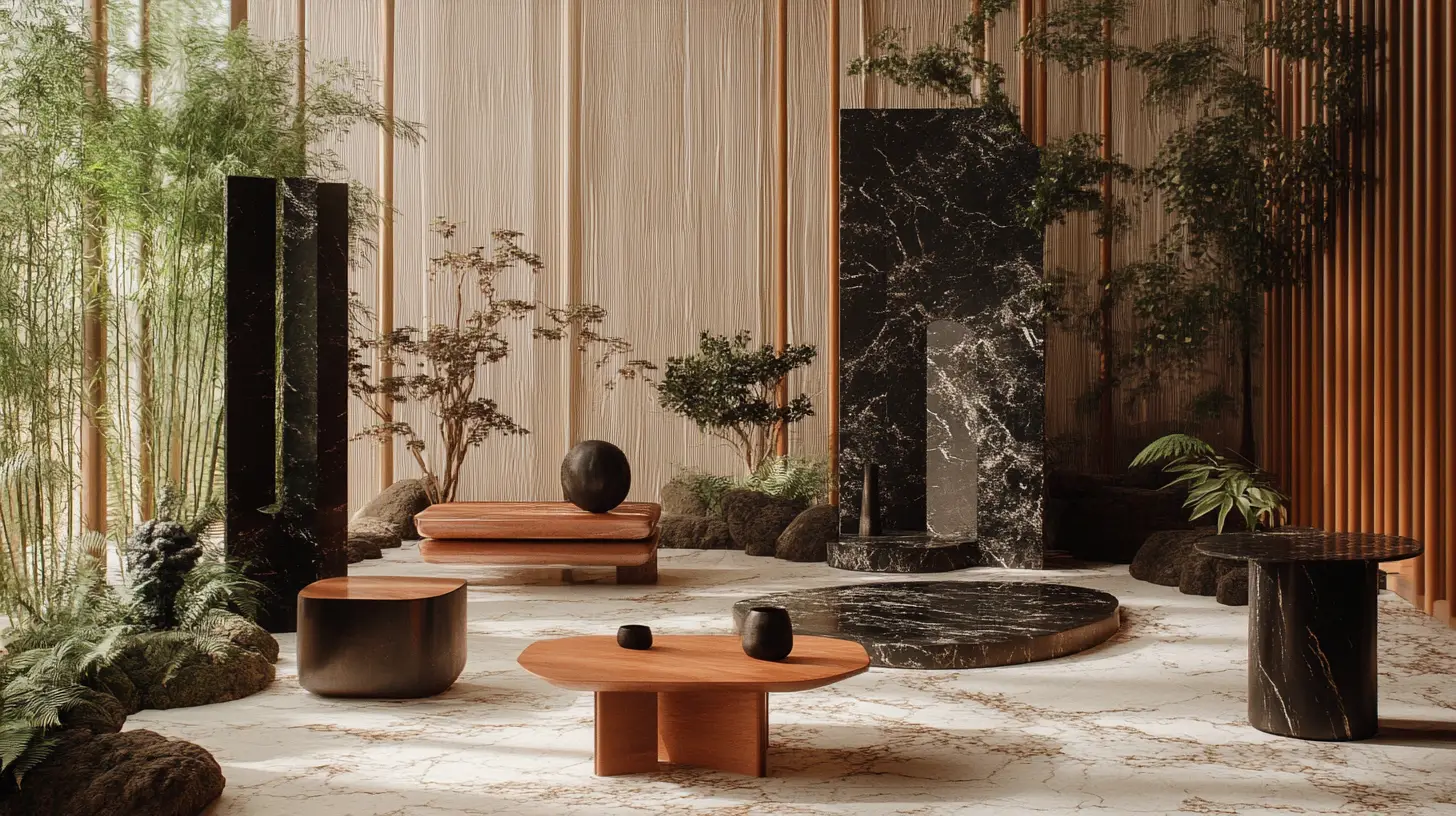
The Quiet Revolution: How Sustainability is Redesigning the Future of Luxury Furniture
In the hushed ateliers of Milan, Paris, and New York, a revolution is unfolding. Gone are the days when luxury furniture was defined solely by the gleam of rare tropical hardwoods or the opulence of untouched marble. Today, the industry is grappling with a profound transformation—one driven by vanishing forests, tightening regulations, and a new generation of clients who demand beauty and conscience. This shift isn’t merely a trend; it’s a reimagining of what luxury means in an era of ecological urgency.
The Vanishing Forest
At the heart of this transformation lies a stark reality: the materials that once symbolized luxury are disappearing. Brazilian Mahogany, African Ebony, and Burmese Teak—woods long prized for their rich grains and durability—are now protected under CITES (Convention on International Trade in Endangered Species) due to decades of overharvesting. The global hardwood shortage has sent prices soaring by 60% since 2018, forcing designers to rethink their palettes. In response, brands are turning to alternatives like FSC-certified oak, fast-growing bamboo, and even experimental materials such as mycelium composites grown from fungi roots. Italian design house Giorgetti, for example, recently unveiled a chair crafted from algae-based resin, its swirling green hues echoing the organic patterns once exclusive to rare woods.
Policy as a Catalyst
Regulatory pressures are accelerating this shift. The European Union’s 2023 Deforestation Regulation, which bans imports linked to forest destruction, has upended supply chains. Luxury manufacturers must now trace every plank of wood back to its source—a challenge that has spurred innovation. French brand Roche Bobois now embeds blockchain-enabled QR codes in its pieces, allowing clients to scan a dining table and watch a video of the forest where its oak was harvested. Meanwhile, carbon taxes in Italy and France penalize brands for non-recyclable materials, pushing designers toward circular production models. “The rules aren’t constraints—they’re invitations to innovate,” says Marco Bizzarri, CEO of Italian furniture giant B&B Italia, whose modular sofas can be disassembled and rebuilt with replaceable components.
The New Luxury Client
Behind these changes lies a seismic shift in consumer values. A 2023 Knight Frank report revealed that 68% of ultra-high-net-worth buyers now prioritize sustainability when commissioning bespoke furniture. For this demographic, exclusivity is no longer about scarcity alone but about provenance and purpose. A dining table isn’t just a status symbol; it’s a statement of ethics. This demand has birthed the “quiet luxury” movement, where heirloom-quality pieces—crafted to last generations—replace disposable fast furniture. Brands like Hermès Maison have leaned into this ethos, launching collections that pair timeless design with radical transparency.
Case Study: Hermès Maison’s “Objects of Curiosity”
In 2023, Hermès Maison unveiled its groundbreaking sustainable collection, a line that redefined opulence through circularity. The project began as a response to dwindling resources and stricter policies. Collaborating with biotech firm MycoWorks, Hermès replaced endangered leathers with Sylvania, a lab-grown mycelium material that mimics the texture of rare animal hides. Tables were cast from 100% recycled aluminum, sourced from industrial waste in partnership with Norwegian supplier Hydro—a process that slashed carbon emissions by 60%.
But the true innovation lay in the collection’s lifecycle. Each piece was designed for disassembly: sofa upholstery could be replaced, chair legs unscrewed, and tabletops upgraded. Hermès also launched a “Repair, Don’t Replace” program, offering free lifetime restorations—a direct challenge to throwaway culture. The results were striking. The collection sold out within three months, attracting a 45% influx of younger buyers drawn to its eco-conscious narrative. “Luxury is no longer about what you take from the world,” explains Hermès Creative Director Charlotte Macaux Perelman, “but what you give back.”
The Road Ahead
The luxury furniture industry stands at a crossroads. Scarcity and policy have become unlikely allies, propelling designers toward materials and methods once deemed unthinkable. Dutch designer Piet Hein Eek now crafts chandeliers from upcycled industrial scrap, while British studio Layer has partnered with NASA to develop 3D-printed marble from lunar dust simulations. Yet amid this innovation, one principle remains timeless: craftsmanship. The new luxury isn’t defined by extravagance but by intention—the marriage of artistry and accountability.
As forests thin and regulations tighten, the industry’s survival hinges on its ability to transform constraints into creativity. For brands willing to embrace this challenge, the reward is profound: not just relevance, but legacy. After all, the most enduring luxury is a planet that endures with it.



Curabitur ullamcorper ultricies nisi. Nam eget dui. Etiam rhoncus. Maecenas tempus, tellus eget condimentum rhoncus, sem quam semper libero, sit amet adipiscing sem neque sed ipsum. Nam quam nunc, blandit vel, luctus pulvinar, hendrerit id, lorem. Maecenas nec odio et ante tincidunt tempus. Donec vitae sapien ut libero venenatis faucibus. Nullam quis ante. Etiam sit

